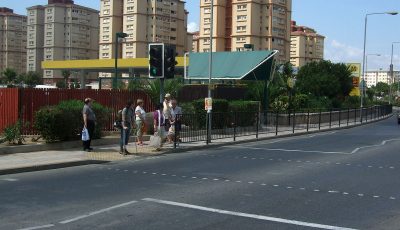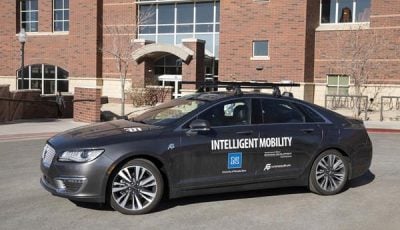Why the blocksize matters
 Running a Bitcoin full node is difficult. Gavin Andresen even admits it.
Running a Bitcoin full node is difficult. Gavin Andresen even admits it.
“Most ordinary folks should NOT be running a full node. We need full nodes that are always on, have more than 8 connections, and have a high-bandwidth connection to the Internet. (However) if you’ve got an extra virtual machine with enough memory in a data center, then yes, please, run a full node.”
With the Bitcoin blockchain approaching 40 gigabytes, downloading the Bitcoin Core client software can take a few days. The bandwidth required to download it puts strain on eight different nodes – think: leeching instead of seeding. Even when the blockchain is fully downloaded, maintaining a full node connection still requires bandwidth and hard-disk space.
I personally learned to install the actual Bitcoin blockchain onto my PC laptop. I first purchased necessary hardware. A 5-fan laptop cooling pad, ordered from eBay for $22.99, kept my laptop’s system cool. Over-heating is almost inevitable during this process. Even with the relatively small 1 MB blocksize, it took my computer nearly 48 hours to “catch up” with the Bitcoin blockchain. Then another 24 hours to “reindex.”
The argument for keeping the blocksize at 1mb focuses on decentralization. If the blocksize increases, ordinary PC’s will no longer have the capacity to act as full nodes. Mining power will consolidate destroying the p2p nature of the network. A YouTube video published by “Keep Bitcoin Free!” proposes using off-chain transactions to maintain the 1mb blocksize. This, they argue, will allow decentralization without harming users with high transaction fees. The same cryptographic technology found in Bitcoin will power sub-networks to process small transaction. The Bitcoin blockchain will be used for larger and more anonymous transfers. A paper titled The Bitcoin Lightning Network by Joseph Poon and Thaddeus Dryja explains this concept further.
Even if off-chain transactions become popular, there will still be scalability issues. Peter Todd, Bitcoin core developer, says that blocksize problem will need a definite solution. He believes simply raising the blocksize limit doesn’t address the full issue of scalability. With the current blocksize, the Bitcoin network can process 7 transactions per second. In comparison, the Visa network can do 45,000 per second. However, to process like Visa, it would require an 8 gigabyte blocksize – far beyond the scope of the average user.
Gavin Andresen has proposed raising the blocksize to 20MB per block. This would happen sometime in 2016. BitBet.us, a popular wagering site, offers a bet on whether the blocksize will increase in 2015. The consensus is “No,” comprising 88% of all funds wagered. In an interview with Let’s Talk Bitcoin (Episode 217), Andresen stated he believes that Moore’s Law will allow PC’s in the future to run a full node. The 20 MB blocksize equates to 170 GB of new blockchain per month. Since the average bandwidth allocation per month in the United States is around 300 GB this will be more than sufficient, he claims.
Going forward, there will still be the debate of whether Bitcoin should be the currency for “every cup of coffee” or rather a store of value. This divisive moment in Bitcoin’s short history will surely shape the future of the currency. Hopefully we all make the right choice.












